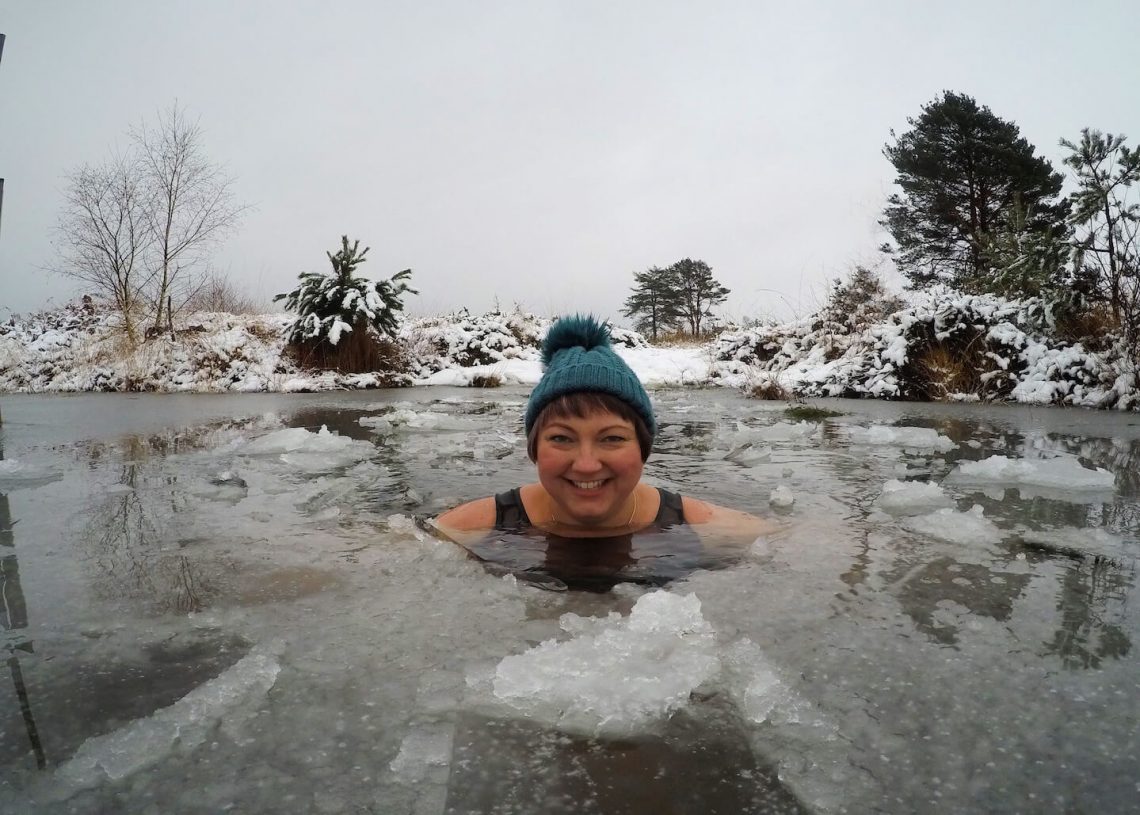
All you need to know about cold water swimming
Should you wear knickers? What is after-drop? Ice swimmer Jonathan Cowie answers the questions you never knew you needed to ask about cold water swimming.
As well as the well-known physical and mental positive effects of swimming outdoors in nature, swimming outdoors in cold water has some bonus benefits.
Ask any winter swimmer and they will tell you how amazing it makes them feel, but the reasons why are only beginning to be understood by science.
A 2018 study looked at cold water swimming as a treatment for depression and anxiety. The theory is that cold water adaptation can combat depression as well as help high blood pressure, type 2 diabetes and arthritis by reducing inflammation.
Whatever the science, many cold water swimmers (myself included) believe that regular immersion improves mood, reduces stress and strengthens the immune system.
The recent research into cold water and dementia is another exciting development, but more than anything swimming outdoors is good for your wellbeing. When you are immersed in nature, feeling the cold water on your skin, all your worries drift away.
If you are tempted to try swimming through the winter this year, you might have a few questions about how best to do it safely. Here’s what I have learned over the years – we also have more advice in the cold water swimming section of our website.
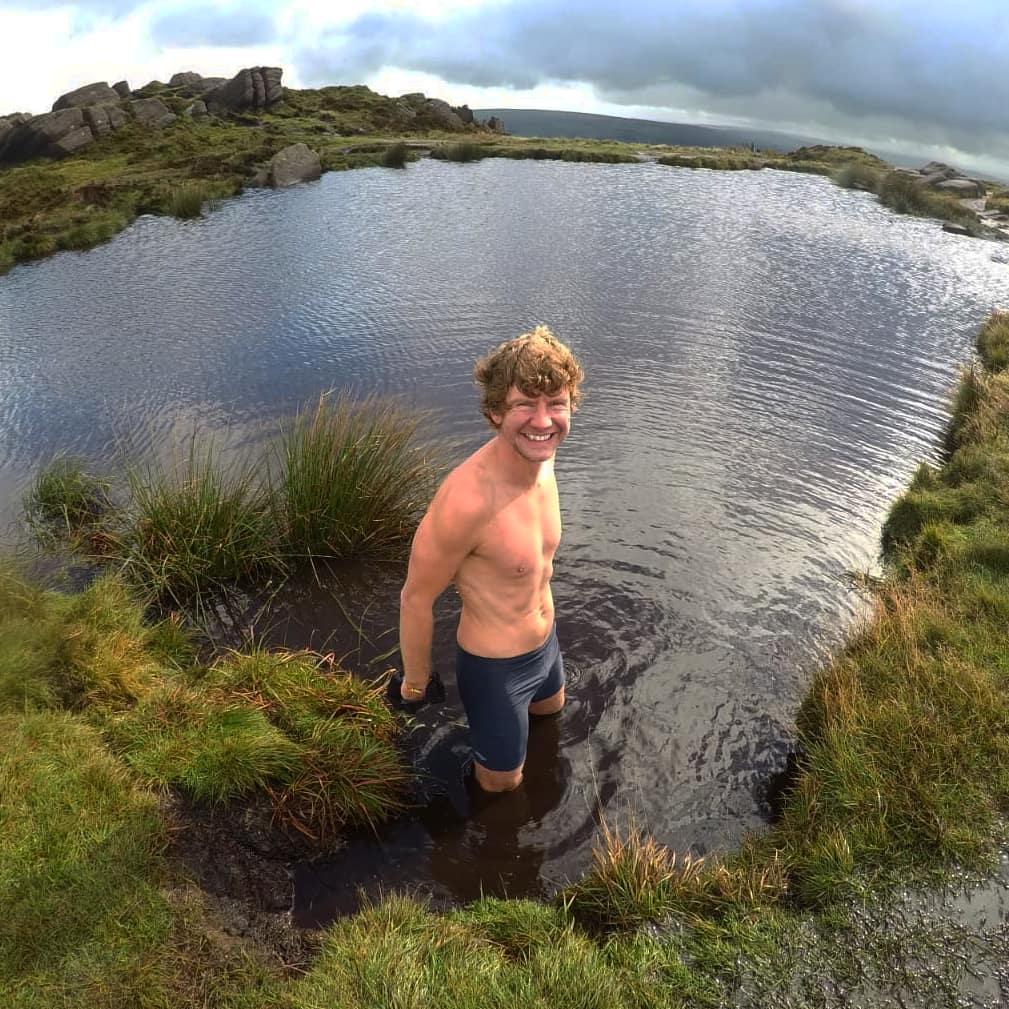
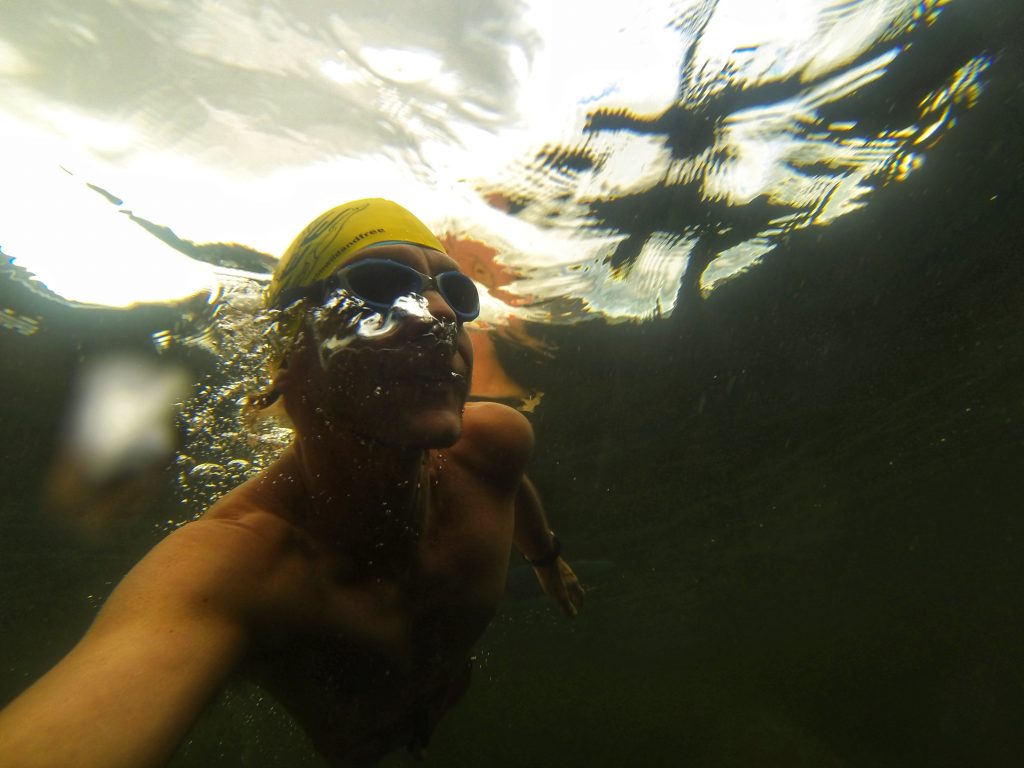
Will I die?
Hopefully not. As with any activity there are risks so be aware of those risks and mitigate them if possible. If you have a heart condition, high blood pressure, asthma or are pregnant then seek medical advice before plunging into cold water. If you can’t swim then please don’t start cold water swimming until you have learned.
Where should I swim?
Follow the same risk assessment and safety procedures that you would do with any open water swim – know your entry and exit points, be aware of tides and currents, look out for sharp objects/ rocks etc underfoot, don’t swim alone. The safest place to cold water swim is at a supervised and lifeguarded swimming lake.
What is cold water shock?
For the inexperienced, the biggest danger from sudden immersion in water that’s significantly cooler than your body temperature is cold water shock. This is the body’s initial and automatic response to rapid change in skin temperature. It causes, among other things, a sharp intake of breath, an increase in breathing rate and an increase in blood pressure. It typically lasts up to a couple of minutes.
For the unwary, cold water shock can be deadly, especially if that sharp intake of breath occurs under water. Enter the water slowly and keep your face clear until your breathing is under control.
Watch our webinar about winter swimming
Will I have a heart attack?
Again, hopefully not; but if you have a heart condition then please check with your GP before swimming. Cold water shock can make you feel as though you are about to have a heart attack. Remember to enter the water slowly and focus on controlling your breathing. As you become more experienced your cold water shock response will diminish.
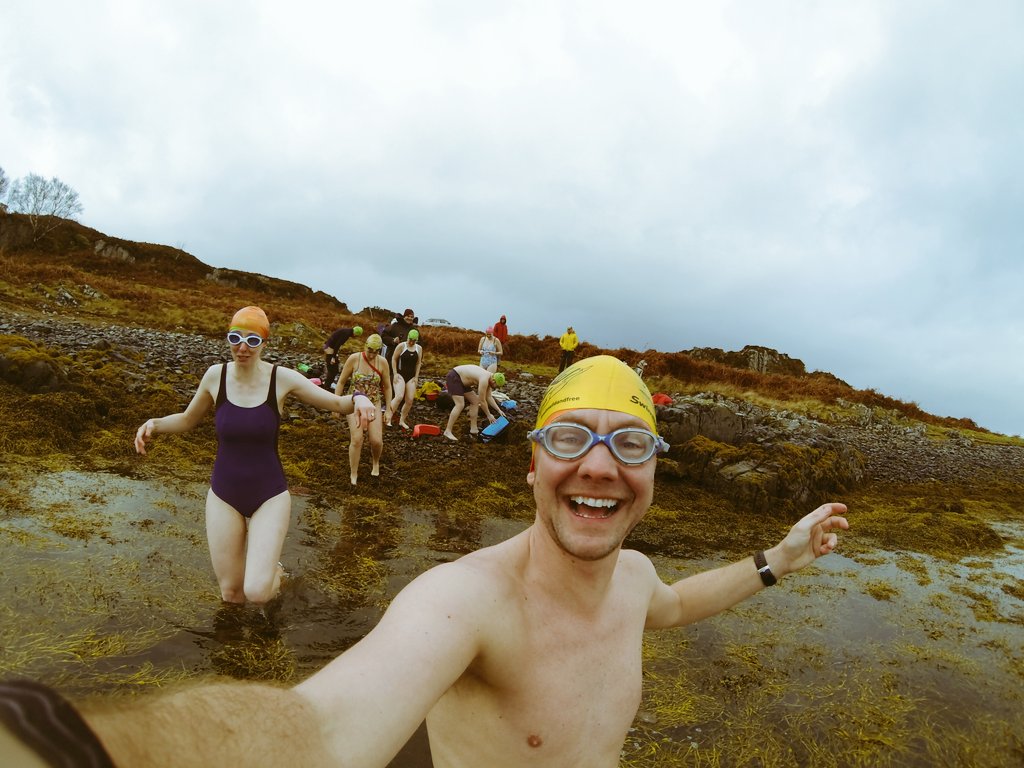
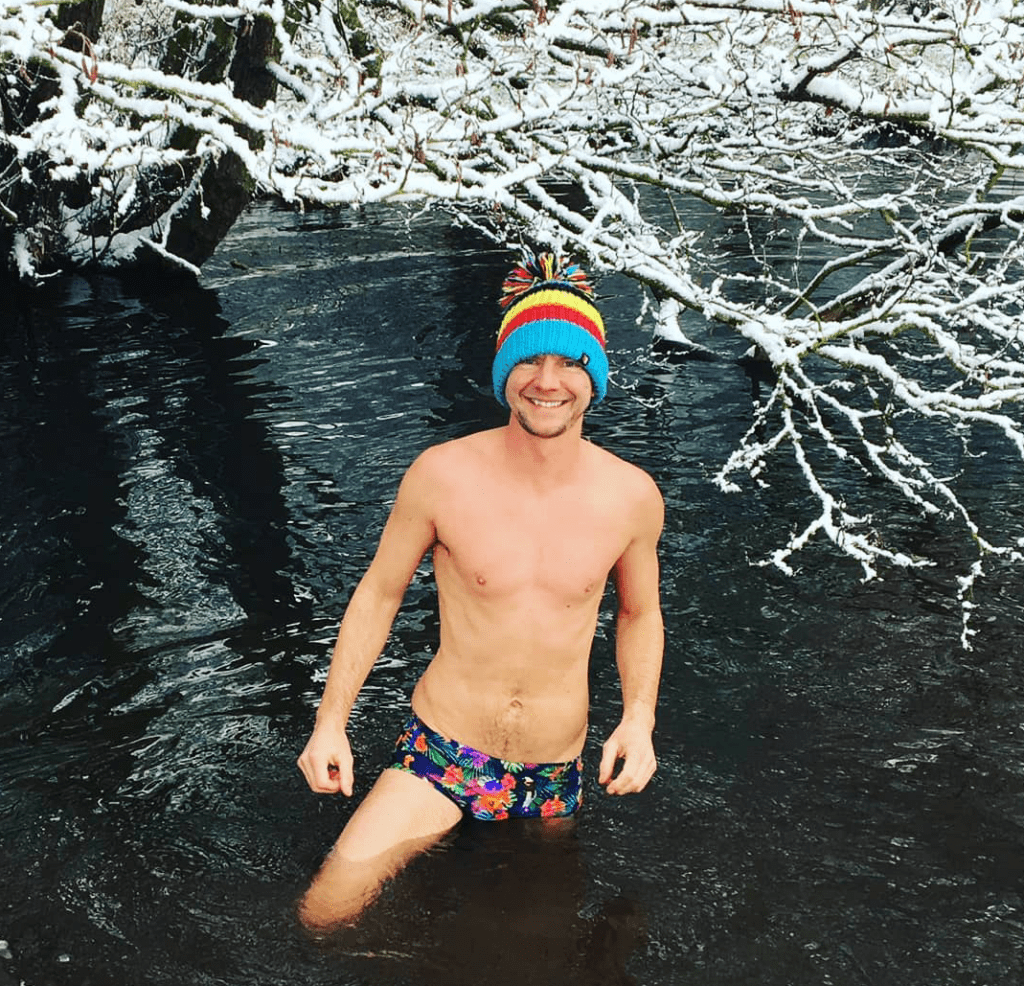
What is swim failure?
To protect vital organs in the core, the body restricts blood flow to the limbs when in cold water. If this reaches extreme levels the arms and legs no longer function properly and you can’t swim. If you feel yourself slowing down or struggling to swim, get out.
How cold is too cold?
It’s all a matter of experience! What is unbearably cold for one person can feel totally fine to another. It’s all about acclimatisation and experience. I have swum in water so cold that people had to stir it with brooms to stop it freezing over. So as long as you are acclimatised your body is able to withstand swimming at literally freezing temperatures.
Should I be cool before getting in?
The colder your body is before you swim, the quicker you are going to get cold in the water. So a quick warm-up on land can be very beneficial. You could invent your own little cold water dance routine, or try jogging or star jumps. Beware though – the warmer you are the colder the water will feel when you get in! You can do the same routine to help warm up afterwards.
Remember to enter the water slowly and focus on controlling your breathing
JONATHAN COWIE
What are the signs of hypothermia?
Hypothermia occurs when deep body temperature falls below 35°c (95°f) and can eventually lead to loss of consciousness and heart failure. The amount of time you can swim in cold water without suffering from hypothermia is determined by the temperature, your body size and shape and your experience, among other factors.
Start with short swims to learn what your limits are. Always swim with other people. If you begin to display the symptoms of mild hypothermia (eg, your stroke rate slows down or you start to shiver) get out and warm up.
The signs of moderate hypothermia include confusion, inebriated-like behaviour and slurred speech. Swimmers suffering from moderate hypothermia may feel warm and want to keep swimming. If you are in any doubt at all about the health and welfare of the swimmer call the emergency services immediately.
Severe hypothermia symptoms include blue-grey skin (cyanosis) slow breathing, loss of consciousness and medical help should be called for immediately.
Can I swim in/around ice?
You can, but be very careful. Ice is sharp, especially when thin, and can cut you easily. If you want to swim where there is thick ice remember to take an axe with you!
Is it normal for it to hurt?
The colder the water the more painful it can be, but the greater the reward!
Will it get easier?
Yes, as you acclimatise and become more experienced you will better able to control your response to cold water shock and be able to withstand colder temperatures.
What will happen to my bits?
Put simply, they will shrink. This isn’t the time to be proud, gents. Everything is going to disappear!
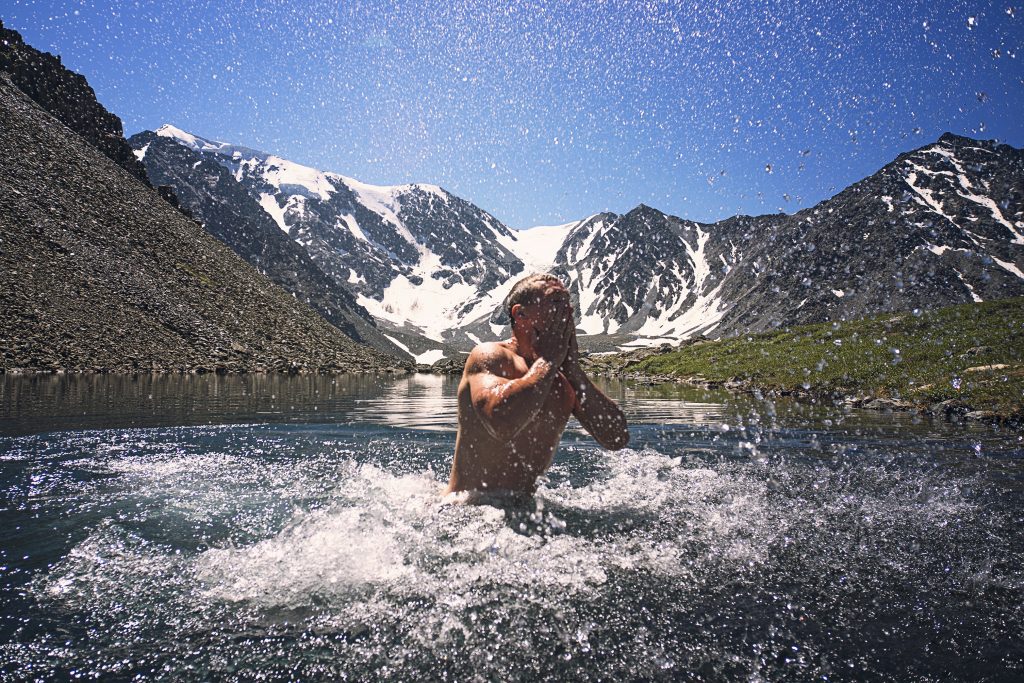
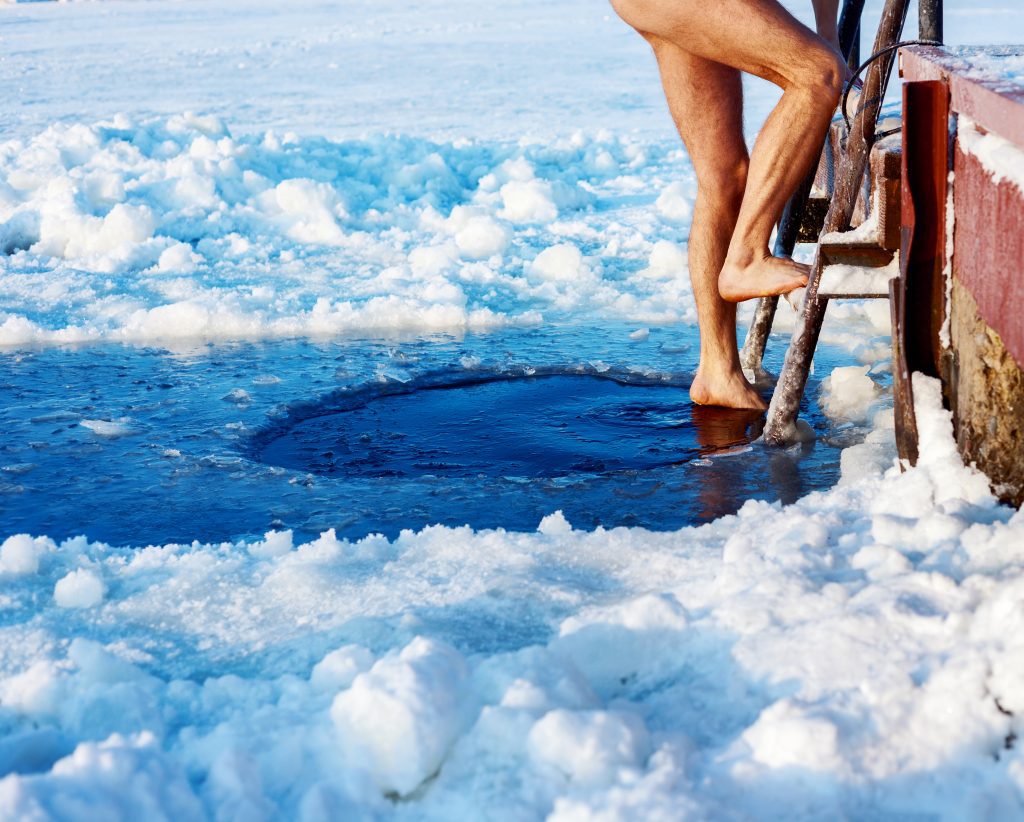
How do I know when to get out?
As you swim more you will become more in-tune with your body – you will learn to recognise your body’s cues that it is time to get out. My warning signs that it is time to get out are when I start to feel slightly unbalanced in the water and my little fingers stick out.
Don’t be swayed by how far other people are swimming or by calculations such as a minute per degree – everyone’s body is different. You must only stay in as long as is safe for you. Always err on the side of caution. If you need to ask yourself whether you can stay in another lap or another five minutes then the answer is ‘no’. See also the signs of hypothermia, above.
Should I put my head under?
This is totally up to you. Many winter swimmers only swim head-up breaststroke as putting your head under can be pretty painful. Equally, it can give you a real buzz. I always finish my swim by taking off my hat(s) and dunking my head under the water.
What should I wear on my head?
We would recommend two silicone swimming hats, or a neoprene hat, especially if you are going to be swimming front crawl. If you are only going to be swimming heads-up breaststroke then a bobble hat is the traditional winter swimming hat. We don’t recommend bobble hats for front crawl!
Am I allowed to wear a wetsuit?
Of course! You can wear whatever you want. I just wear my swimming trunks, two hats and a smile but many swimmers also wear neoprene gloves, booties, hats, shortie wetsuit or a full wetsuit.
As you acclimatise and become more experienced you will better able to control your response to cold water shock
JONATHAN COWIE
What about brain freeze?
Again, two hats can help prevent brain freeze (or ice cream headache). Or just don’t put your head under!
Should I have a hot bath or shower afterwards?
Tempting though it is, never have a hot bath or shower after cold water swimming as it can be very dangerous. A hot shower will increase the rate at which cooled blood returns to the core causing your deep body temperature to drop. Cold water swimmers have been known to faint in hot showers. Wait until you’ve warmed up again before showering.
What is after-drop?
After-drop refers to the decline in your core body temperature after you have got out of the water. When you swim in cold water, your extremities and surface layers that are in contact with the water cool down first. The longer you stay in, the deeper this “cold front” moves into your body. When you exit the water, and even after you have dried off and changed, this cold front continues moving deeper, lowering your core body temperature.
This is why you often only start shivering 10 to 15 minutes after leaving the water. Swimmers describe the brief period between exiting the water and starting shivering as the ‘honeymoon period’. Use it to get dried and changed quickly before you start shivering and getting dressed becomes much more difficult!
Should I wear knickers?
There is nothing so difficult as trying to fumble your way into your pants, one-legged with numb feet and fingers, while trying to preserve your modesty and not topple over. Be bold, go commando!
Regular immersion improves mood, reduces stress and strengthens the immune system
JONATHAN COWIE
Should I wear a bra?
See above. But if you must wear a bra then it might be easier to ask a friend to do it up for you. Or a front-fastening bra is much easier to put on with cold fingers.
What trousers should I wear?
Doing up flies and jeans buttons can be tricky if you can’t feel your fingers – and it might not be something you want to ask your swimming buddy to help you with. And if you have chosen to forgo your pants, trying to zip up your flies while everything is a bit numb could result in a painful injury!
Tracksuit bottoms are a much safer, warmer and more comfortable option and also much quicker and easier to put on.
I can’t feel my feet. Is that normal?
Unfortunately, yes. Don’t worry, they will thaw out. Some people take a bucket of warm (not hot) water with them to help defrost their feet.
Why have my fingers gone white?
Raynaud’s occurs when the small blood vessels within the body’s extremities, such as the fingers, are over-sensitive. This oversensitivity causes an extreme reaction in response to triggers such as cold water. Warming and wriggling your fingers will help the Raynaud’s attack subside.
What should I wear on my feet?
Easy-to-put-on shoes or boots are the best option – you don’t want to be struggling with stiff leather or complicated laces. A pair of Crocs or flip-flops are good to walk to the water in. Swim shoes or neoprene booties can be useful if you are unsure of what is underfoot or you need a bit of extra warmth.
How do I drink a hot drink without throwing it over myself?
If you have managed to get changed before your shivering sets in, well done! Now time for a lovely hot drink to warm yourself up. Unfortunately it is quite difficult to pour, hold and then drink a drink when you are shivering uncontrollably. Please be careful as you don’t want to scald yourself. If you can relax your breathing that does seem to help control your shivers enough to take a sip, or wait until your shivers have subsided a bit.
Do I need a changing robe?
A robe is not a necessity but will help you get dry and keep warm. You can get changed underneath it too so less risk of flashing your bits to all and sundry. A decent winter coat is essential.
This article originally featured in the November 2020 issue of Outdoor Swimmer.
Read more articles about cold water swimming.








